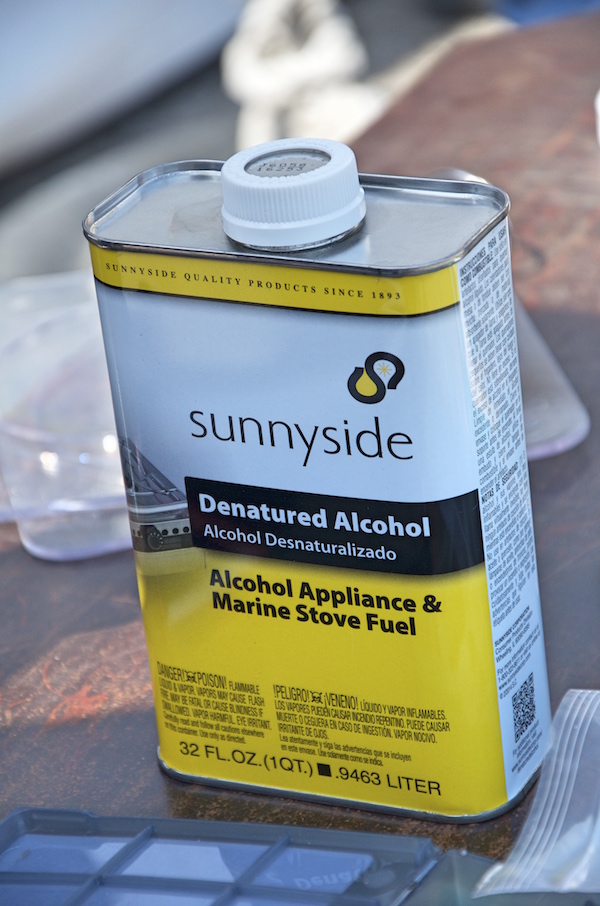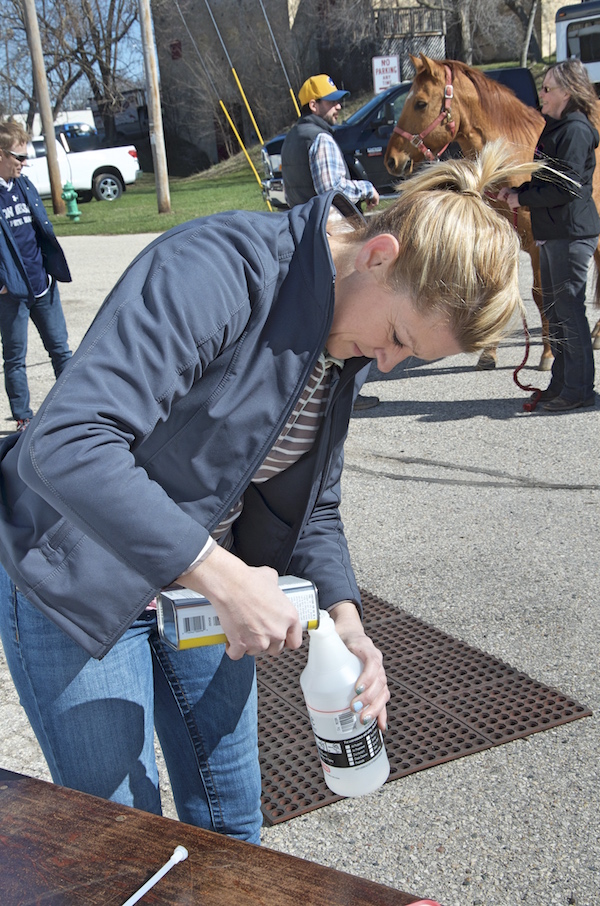

There are a number of reasons for failure when gluing on horseshoes, but one of the biggest culprits is moisture. Massachusetts farrier Mary Bramley says there are a few ways you can dry a foot.
“There are a few ways that you can actually dry your foot,” Bramley says. “You can blow torch it. A lot of clients don’t like it. They don’t understand how it’s not hurting the horse. Some horses don’t like propane torches, just like hot shoeing. Another way you can dry them out is with a heat gun on about 400 degrees Fahrenheit. Just keep the gun moving in a circular motion.
“The third way is to spray the foot with denatured alcohol, which is what I prefer. You can also use acetone or you can use hydrogen peroxide. Hydrogen peroxide is great if you’re dealing with a really mucky looking foot that’s got a lot of black necrotic material in it. I prefer to use the denatured alcohol or acetone because they’re quick drying, and dryness is going to be your key when you’re prepping the foot.”
When applying denatured alcohol or acetone, it’s important to understand that it’s not necessary to saturate the foot.
“What I do is just a couple of sprays,” she explains. “Don’t soak the foot. What I try to do is get this part of the process done so that while I’m prepping the shoe, the foot is drying.”
For more gluing tips, read “Attention To Details Are Key When Gluing Polyurethane Shoes” in the May/June 2017 issue of American Farriers Journal.








Post a comment
Report Abusive Comment